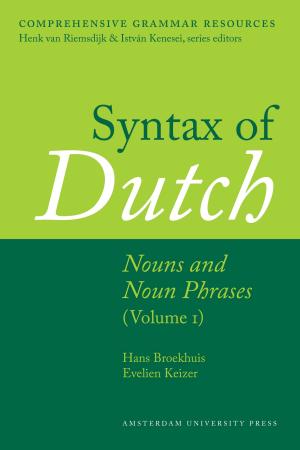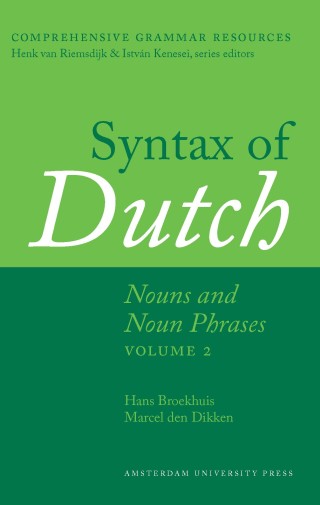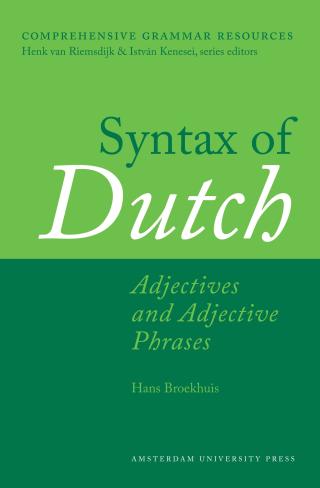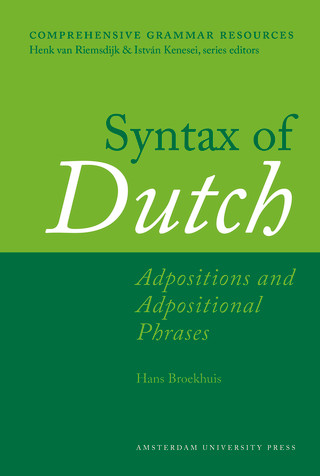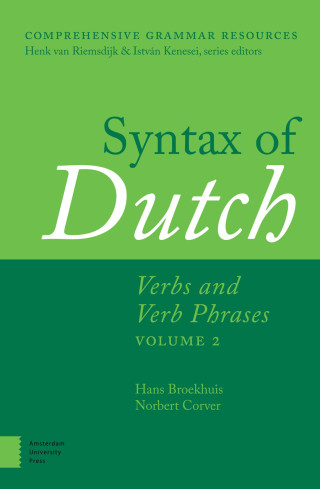Hans Broekhuis
Hans Broekhuis is a researcher on the Variationist Linguistics Language Portal at the Meertens Instituut, part of the Dutch academy of sciences (KNAW). He has published with colleagues many volumes in the Syntax of Dutch series, and has co-edited Broekhuis, H. & R. Vogel. (2013) Linguistic Derivations and Filtering. Minimalism and Optimality Theory (Equinox, 2013), and a monograph entitled Derivations and evaluations. Object shift in the Germanic languages (Mouton de Gruyter, 2008)

